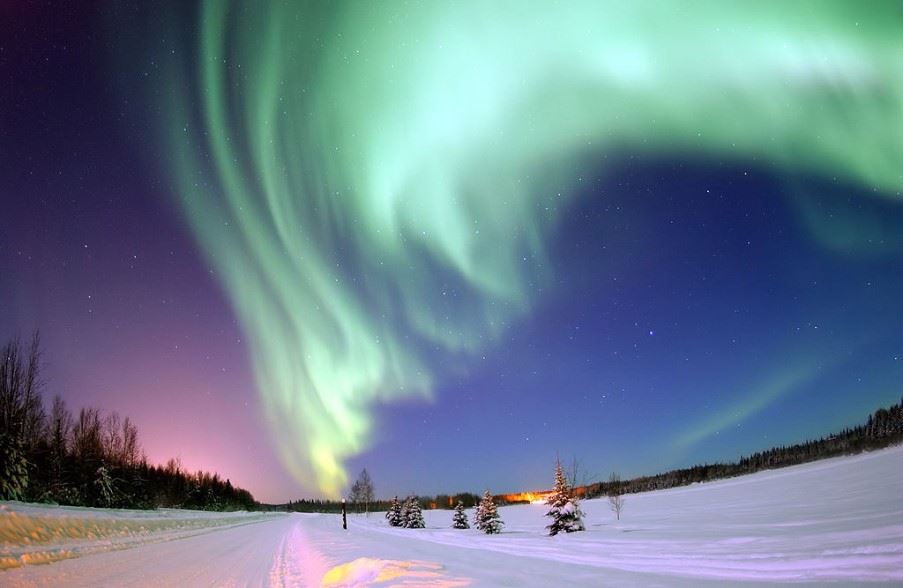While air travel has made the Northern Lights increasingly accessible in recent years, the chance of a sighting of nature’s finest display is far from guaranteed. And despite the occasional disappointment for a visitor who has been thwarted by persistent cloud cover, that’s probably exactly the way it should be. With its unpredictability and its many different forms, the aurora borealis has for many centuries been considered an auspicious phenomenon; one that can foretell the arrival of something momentous, whether good or terrible. So what are some of the myths surrounding the Northern Lights?
The Inupiat and Yupik people of Alaska believed that the lights were the dancing souls of the animals they hunted. The Finnish people also attached an animal quality to the aurora, calling the lights “fire foxes” – an ancient Finnish story describes the cause of the aurora as being down to a fox sweeping his bushy tail against the snow and creating a shower of sparkling light.
In old Lapp folklore the lights represented a powerful energy source that could be harnessed by shamen to solve the community’s problems. The lights could also help cure sickness, and shamen would make “spirit journeys” into the aurora to enable the sick to be cured. They could be dangerous too: it was believed that if you whistled under the Northern Lights, they would swoop down and take you away into the sky.
Even great events in the Bible are attributed by some to rare and exceptionally strong auroras. In the Old Testament Ezekiel “saw visions of God” in what today is Iraq – his descriptions would fit well with a spectacular solar storm.
Several cultures considered the lights to be linked to the souls of their departed. In Scottish folklore they are known as “The Merry Dancers” while in Sweden there is a story that the aurora is the final resting place for the souls of spinsters.
If the people who were used to auroral displays created so many stories around them, imagine how the lights would have been perceived when they reached much further south in a particularly storm solar storm. A bright display over southern France in the 16th century created such panic that thousands of people made a pilgrimage from their villages to the grand cathedrals of Paris, in spiritual preparation for what was surely going to be the end of the world.
Even in the 20th century, the aurora has been seen as the harbinger of doom. A bright display in 1938 saw the skies of Europe turn blood red; many saw it as a terrible sign of what would come less than two years later. Another display over the central United States occurred shortly before the Japanese attacked Pearl Harbour.
Most of us are content to accept that there’s some fancy science behind the lights but that their most important attribute is their natural beauty. Perhaps the stories of flying souls and impending doom are just that; great stories. On the other hand, would you dare whistle under the aurora?
Photo: By United States Air Force Senior Airman Joshua Strang [Public domain], via Wikimedia Commons
Source: Candace Savage, Aurora – The Mysterious Northern Lights (book)


